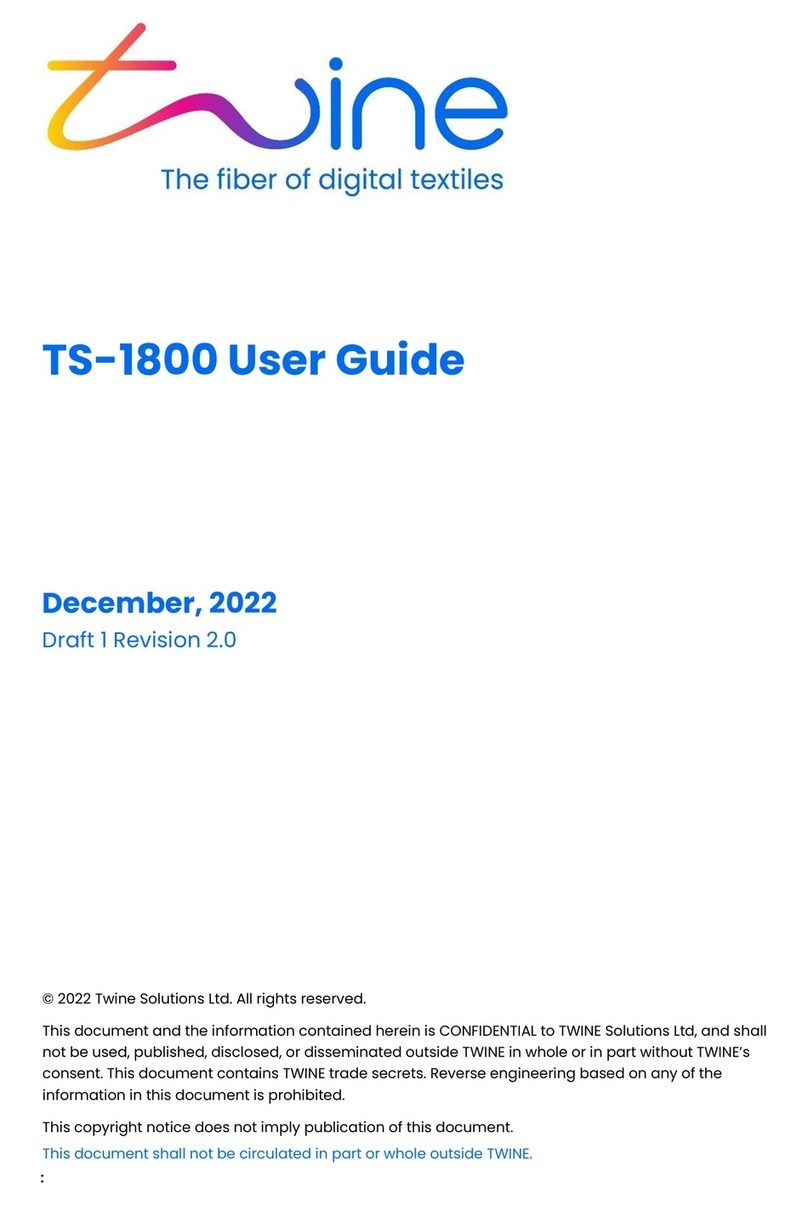Contents
1About This Guide........................................................................................... 3
2Terms and Abbreviations ............................................................................... 4
3Physical Description....................................................................................... 5
3.1 Size and Weight........................................................................................................5
4Shipping and Delivery.................................................................................... 7
4.1 Shipping Pallet..........................................................................................................7
4.2 Pallet Lifting Equipment ...........................................................................................7
4.3 Unpacking area.........................................................................................................7
4.4 Transporting the System in a Building......................................................................7
5Installation Area............................................................................................ 8
5.1 Floor Plan .................................................................................................................9
6Electrical Requirements ................................................................................10
6.1 Power .....................................................................................................................10
6.2 Grounding...............................................................................................................10
6.3 Circuit Breaker........................................................................................................10
6.4 Residual Current or Earth Leakage Device .............................................................11
7Network.......................................................................................................12
7.1 Network Connections.............................................................................................12
8Environmental Conditions.............................................................................13
8.1 Temperature, Humidity and Altitude.....................................................................13
8.2 Air Quality...............................................................................................................13
8.3 System Environmental Specifications ....................................................................13
9Accessories and Utilities ...............................................................................14
9.1 Start-Up Kit.............................................................................................................14
9.2 Fire Safety Equipment ............................................................................................14
9.3 Cleaning the System...............................................................................................14
9.4 Inputs and Outputs.................................................................................................14
10 Materials Handling and Storage ....................................................................15
10.1 Ink Cartridges .........................................................................................................15
10.2 Waste Cartridges....................................................................................................15
11 Customer Information ..................................................................................16
11.1 Customer Details....................................................................................................16
11.2 Site Preparation Checklist ......................................................................................16





























